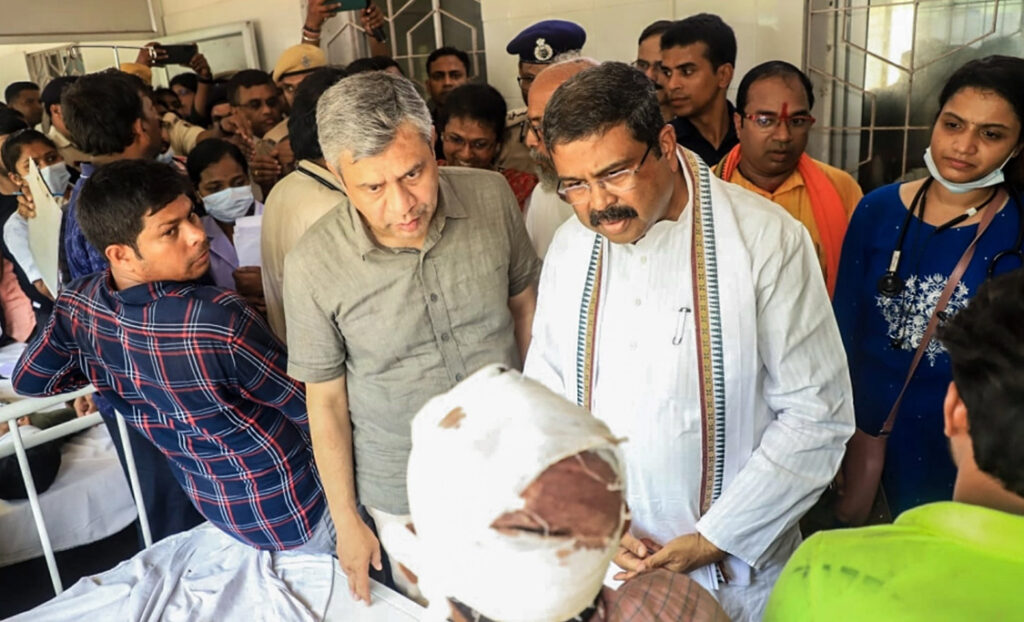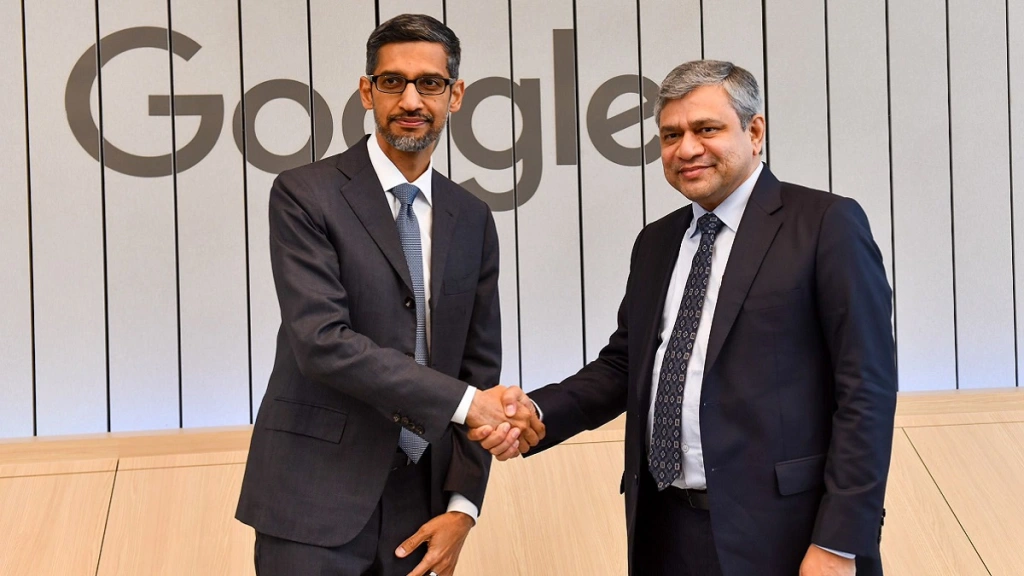Recently, India experienced a tragic railway accident where we lost almost 300 lives in a three-train collision in Balasore, Odisha. As the Economist emphatically mentioned “Notwithstanding this disaster, rail travel is not especially dangerous in India, where some 20 million people take a train every day. Of the roughly 25,000 who died in train related accidents every year before the pandemic, most were run over or fell from trains. A tiny minority died in derailments or collisions. And the number of such serious incidents is decreasing. By contrast, some 300,000 people are estimated to die on India’s dangerous roads each year”. While the government is spending 1.7% of our GDP on transportation infrastructure and related investment; lack of civic sense, indiscipline and poor driver and rider training will always ensure that accidents on our highways and city roads will rule the roost. So, our government will need to ensure that the safety measures provided as well as post-accident work needs to be top notch. And it was the case with Balasore where Ashwini Vaishnaw the Minister of Railway showed outstanding disaster management skills and leadership qualities for all of us to stand up and take note.
Within hours of the tragedy, Mr. Vaishnaw, was on the ground and spent the next 51 hours with over 2300 staff and key personnel to focus on providing help to those who were injured and supervising the rescue operation. His presence must have been cathartic not just for all the relief workers but more so for the injured and the relatives of the victims. Before I go on to share the leadership lessons that we can learn from the handling of the relief work, here is a look into the fabulous pedigree of our railway minister who is a Rajya Sabha Member of Parliament from Odisha.

Mr. Vaishnaw did his schooling as well as engineering from Jodhpur where he graduated in 1991 with a gold medal in electronics and communications. He then completed his MTech. from IIT Kanpur. He joined the Indian Administrative Services in 1994 with an all-India rank of 27. In 2008, he left for the US to do his MBA from the prestigious Wharton School at the University of Pennsylvania. Outstanding academic qualifications apart, he followed it with solid experience within the private and public sector enterprises. After his MBA, he came back to India and joined GE Transportation as Managing Director. He then joined Siemens as Vice President – Locomotives & Head Urban Infrastructure Strategy. He also worked as deputy chairman of the Mormagau Port Trust. In 2012, he quit the corporate sector and set up a couple of automotive components manufacturing units in Gujarat.

Balasore perhaps has a special place in his heart, since he started his IAS stint in the Odisha cadre, and has worked extensively in different parts of that state including serving as the District Collector of Cuttack and Balasore districts. At the time of super cyclone 1999, he managed to collect data related to real timing and place of cyclone. This data helped the Government of Odisha plan safety measures for the people. He was handpicked by our then Prime Minister Atal Bihari Vajpayee in 2003 to work as deputy secretary and then became Vajpayee’s private secretary.
Once he reached Balasore on June 3, his first steps were understanding the technicalities of the accident, and supervising the rescue operations. He then set his plans into motion that involved mobilizing human resources and machinery for rescue and saving as many lives as possible. Multiple teams were tasked with specific agendas, with a very clear reporting and chain of command. The Chairman of the Railway board was deputed at the hospital in Cuttack and other senior officials at hospitals to ensure that treatment was given properly and no one was neglected. A war room was set up at the Railway ministry headquarters in Delhi with four cameras giving live feed. A seasoned bureaucrat turned politician; disaster management was not new to him given his experience in Balasore earlier in 1999. His attention to detail was visible when he set up an independent team to ensure the hydration and comfort of the rescue team. Summer was at its peak and working non-stop could have led to another self-created human tragedy. He was punctilious and sincere in his entire approach over the time he spent at Balasore.
It was only after he was satisfied that the rescue operation was completed with no stone left unturned, that the tracks were cleared for other trains to pass without any untoward incident and that the hospitals where the injured were being treated had provided adequate care, did he go back to Delhi. Even from his headquarters, he ensured that the bodies were handed over to the relatives and those bodies that were left unidentified were cremated with due respect.
Mr. Vaishnaw brought his entire public-private enterprise experience together and exhibited a wide range of leadership traits while handling the situation. The most important was the need to be on the ground and feel the pulse of the ground realities. Most executives live in their ivory towers and have the knack of taking decisions without a detailed understanding of the realities. Secondly, he walked the talk. He ensured that he was working non-stop with the rest of 2300 odd staff in providing the necessary care. Thirdly, planning and putting the plan into action with clear communication. This was vital given the certainity of rumours that float around generally when it comes to such tragedies, and when political parties are up in arms, ready to settle scores. He ensured that there were clear and regular updates to the media; and that too from the horse’s mouth. More importantly, all this showed that he took ownership of the accident and conduced the relief activity with dignity and efficiency not as a politician but a seasoned bureaucrat. He exhibited empathy with every action of his. He led from the front and backed it up by setting in motion a mechanism and investigation to identify the errors that led to the accident and putting corrective measures in place to avoid a repeat of a similar mishap.
In today’s world of partisan politics which has crossed all limits of shame, ethics, and greed, it is refreshing to see someone like Mr. Vaishnaw act the way he did. But sadly, he is more an exception than a rule; and again he is not a politician but a pedigreed bureaucrat. We need more such people in our public life. And in droves.






